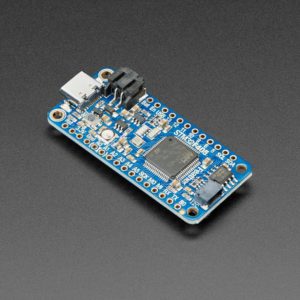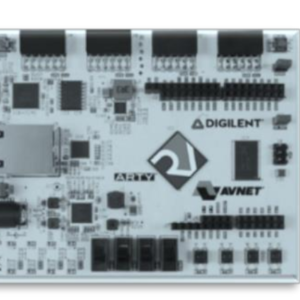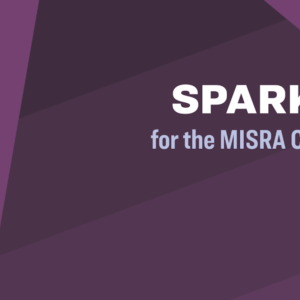
Using GNAT-LLVM to target Ada to WebAssembly
The GNAT-LLVM project provides an opportunity to port Ada to new platforms, one of which is WebAssembly. We conducted an experiment to evaluate the porting of Ada and the development of bindings to use Web API provided by the browser directly from Ada applications.

















